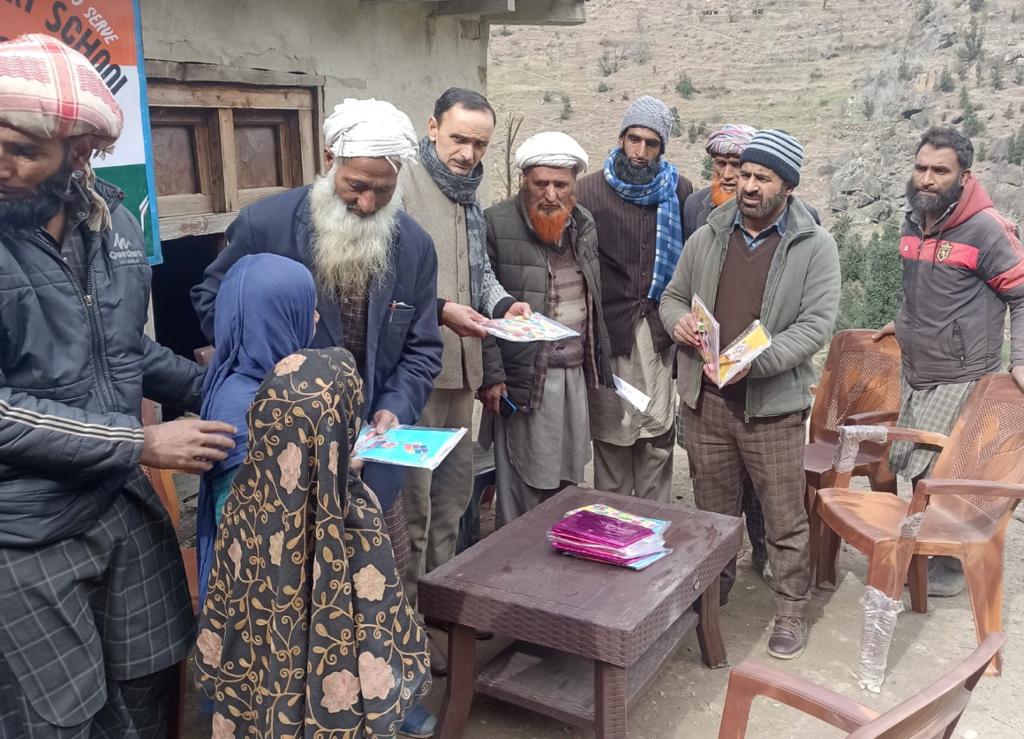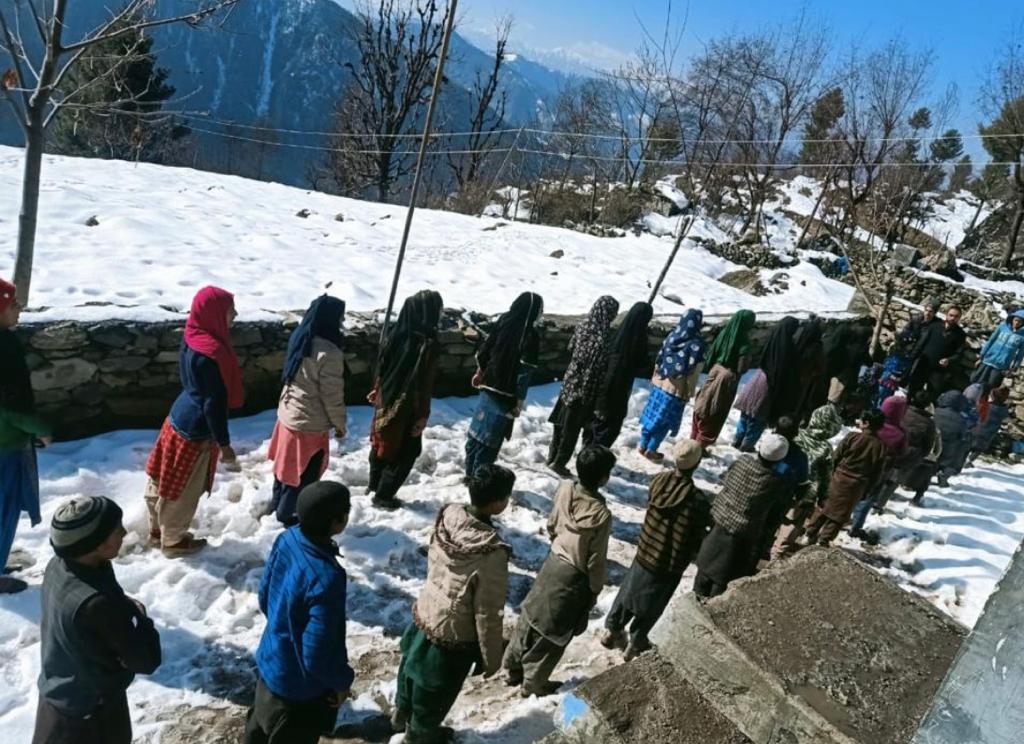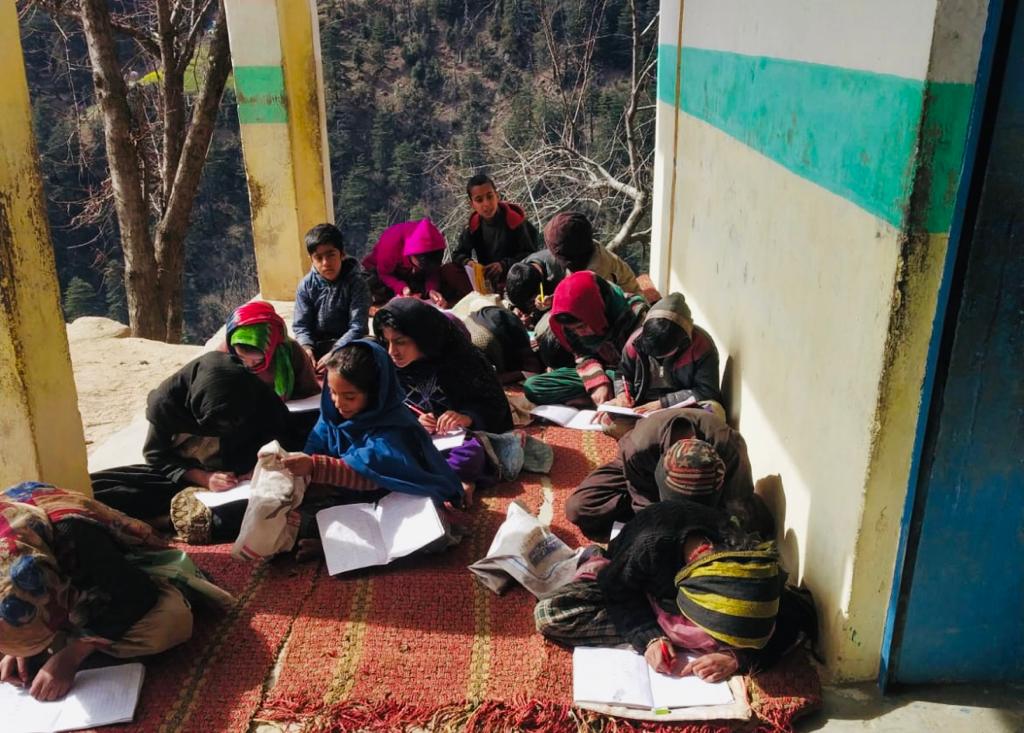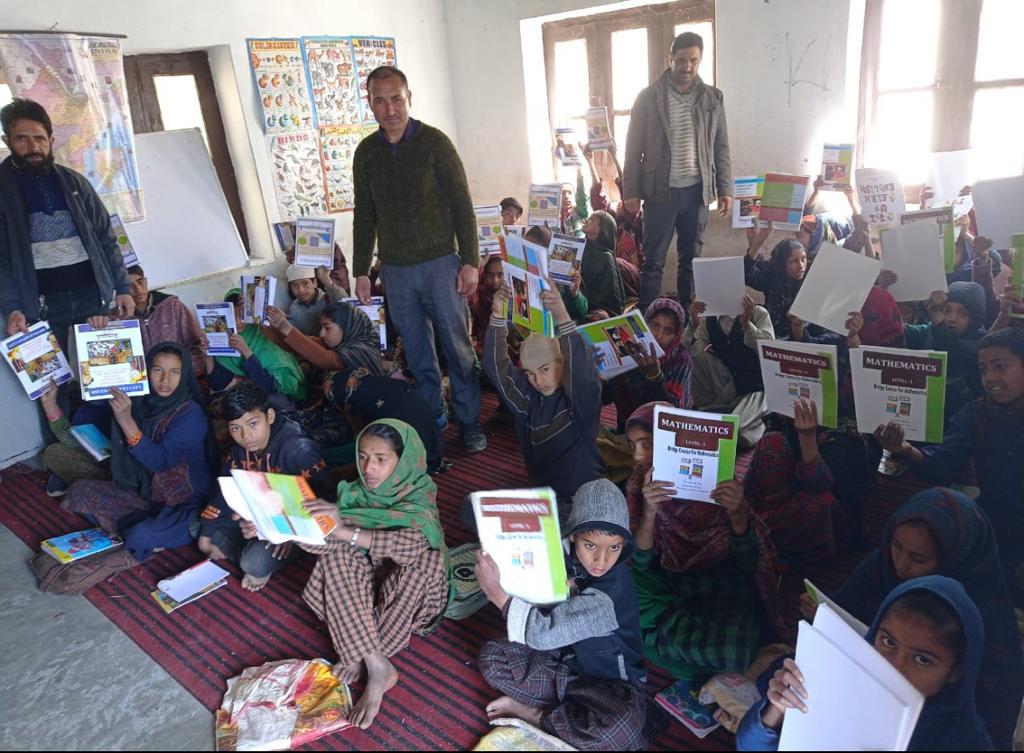As per UNICEF’s Out of School children (OoSC) report 29 percent children out of 100 drop out before completing elementary education. Most of them are from the marginalized sections of the society. Uttar Pradesh, Rajasthan, Bihar, Madhya Pradesh, Odisha, and West Bengal were found to be worst performers. Though J&K did not find a mention in the report, situation wasn’t all that rosy in the union territory.
Kishtwar, one of largest and remotest district in J&K in terms of area, has become the first district in the UT to take proactive steps in bringing children back to school. IAS officer Devansh Yadav, currently DC Kishtwar, is spearheading the ‘Talaash’ campaign in his district.
IDENTIFICATION
In 2021, the government of J&K started an operation called under which out of school children were identified in the whole of UT using a mobile app. Around 1600 children were identified in Kishtwar who had either dropped out of school or had never been to it. But no further action was taken under this exercise so far anywhere in the UT.

Upon analysis it was found out that 95 percent of the drop outs were from ST Gujjar-Bakkarwal, a nomadic community. Because of their continuous migration children could not study.
BRIDGE COURSE
Mr. Devansh said, “Some children had dropped out two years ago while some never went to a school. That’s why a bridge course was required which could help them getting back on track with functional numeracy and literacy. A three-month bridge course was developed and hundreds of teachers were trained.”

Winter bridge courses were started in over 50 centres across the district. As a majority of the students belonged to the ST community, public leaders, DDC (District Development Councillors) and BDC (Block Development Councillors) were roped in for IEC campaigns and to motivate the community members.
INCENTIVES OFFERED
The first village where this intervention was taken was through the gram sabha level. Mr. Yadav said, “A resolution was passed through the Panchayat Sarpanch which said that the works of those people will be prioritized who will send their children to school. This created a pressure among the families of school dropout children.”

Moreover, to encourage young children, learning aids, play materials and food items were distributed so that the bridge course becomes a fun-filled exercise rather than scaring them away. Through this, many parents agreed for this intervention and sent their children for the course.
Around 1400 children have been enrolled back to the school out of the targeted 1600 giving the programme a 95 percent success rate.
WAY FORWARD
During 4-5 summer months this nomadic community migrates to higher reaches & meadows for grazing animals, the tribal department designed a concept of mobile teacher who accompanies them for teach their children. However, the officer pointed that there are monetary issues and those teachers, who belong from the villages, are not that good. Hence, the administration will work with the tribal department to revamp it and help provide good quality teachers to the Gujjars and Bakkarwals.

































